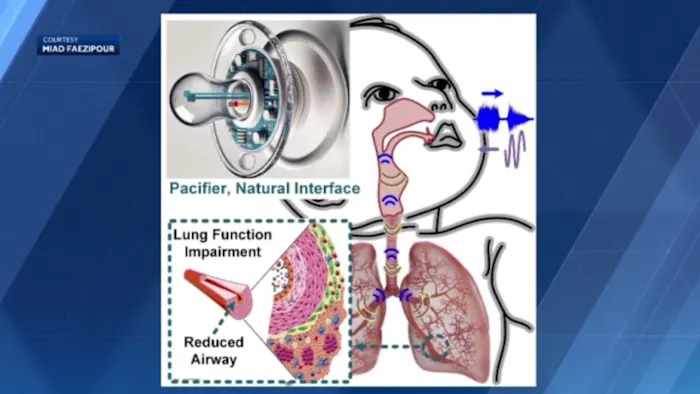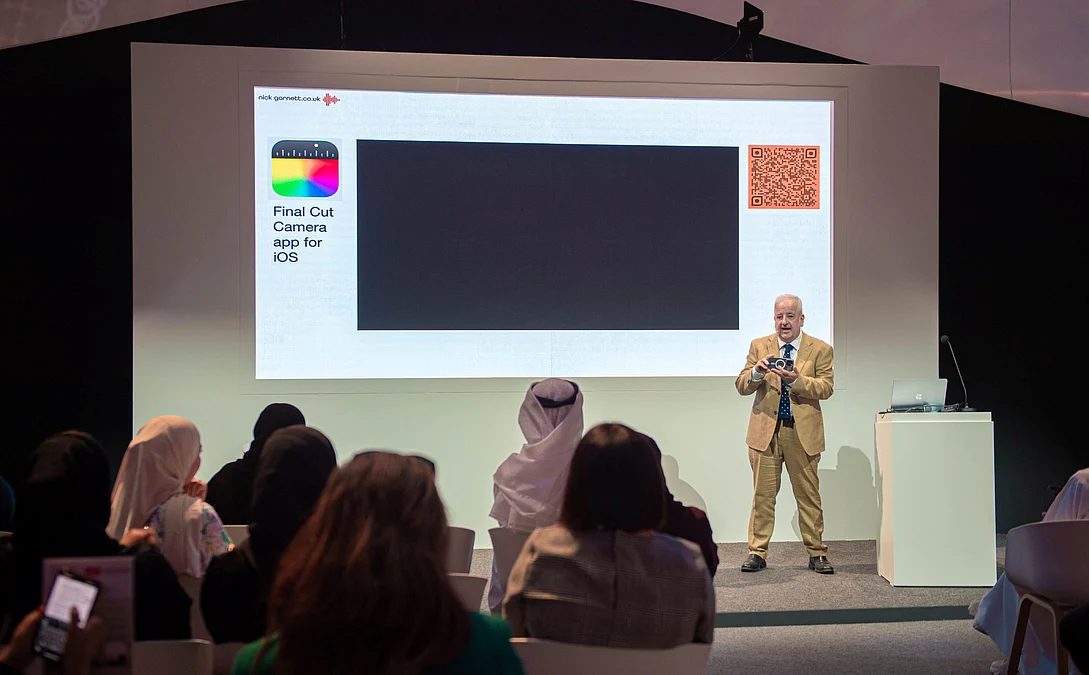
It’s a high-tech tool that could transform how doctors monitor breathing problems in babies.
Respiratory diseases are among the leading causes of infant hospitalization, but typical monitoring devices aren’t very effective with newborns.
Now, researchers are testing an item very familiar to parents to help close that gap.
Whether you call it a binky, a paci, a soother, or a dummy, pacifiers are a popular way to calm and comfort fussy babies.
But the new tech could be the pacifier of the future.
It’s designed for sick babies, putting high-tech sensors in a device that babies instinctively take to.
“All babies can suck well, whereas you can’t really tell them to blow into a device,” said UAB Neonatologist & Researcher Dr. Namasivayam Ambalavanan.
Teams at Purdue University and the University of Alabama at Birmingham are developing and testing the technology.
“This is what we would call a dumb pacifier or a not very smart pacifier, so we are planning to introduce microphones and a speaker right at the tip of the pacifier,” Ambalavanan said.
The microphones will detect lung sounds, and the speakers will emit sound waves.
The data collected can provide doctors with valuable information about the baby’s lung development and potential breathing problems.
A common health issue for newborns, especially premature babies.
“When the baby is sucking on the pacifier, it will be able to transmit the signal from the smart pacifier to a handheld device or to a laptop, so we can actually get a continuous recording of the lung mechanics,” Ambalavanan said.
Real-time info that will hopefully help doctors detect and treat problems much sooner in their smallest patients.
This research was made possible with funding from the National Institutes of Health.
The scientists believe this active sound-sensing technology could ultimately help patients of all ages.
Perhaps as a smartphone app to monitor lung health in older children and adults as well.



